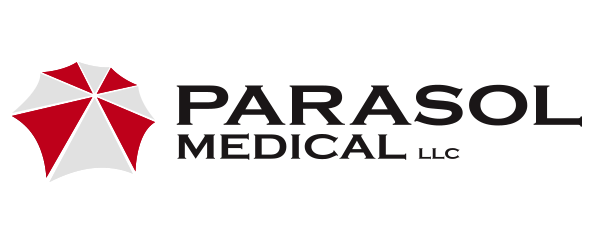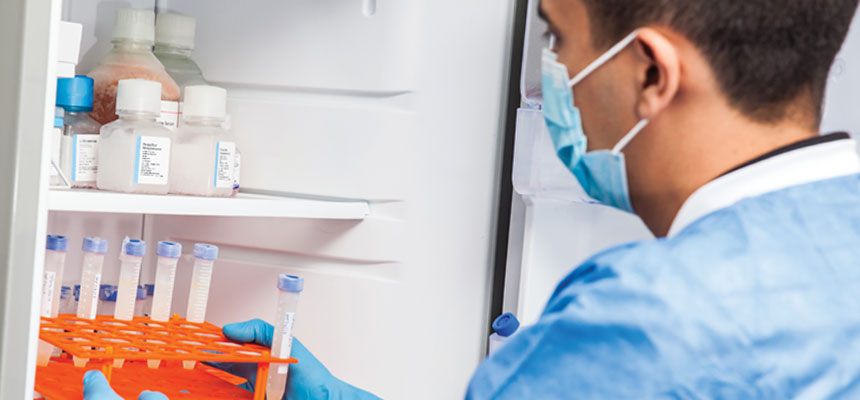Aseptic Technique in Pharmacies: Protection in a Germ-Rich World
Bacteria, viruses and microorganisms are everywhere, including hospitals. When these microorganisms enter compounding areas where drugs are formulated, they pose a significant risk to patients. Pharmacy-compounded sterile preparations (CSPs) have been linked to outbreaks of infections and deaths. To create a sterile environment, pharmacies use aseptic technique. Let’s take a closer look at what this means, and the steps pharmacies must take to assure their products are not accidentally contaminated.
Room for improvement
All microbial contamination puts patients at risk. Research from a National Center for Biotechnology manuscript reveals that:
- There were 19 outbreaks linked to P-CSPs, resulting in at least 1,000 cases, including deaths
- Outbreaks were reported across two-thirds of states, with almost one-half (8/19) involving cases in more than one state
- Non-patient-specific compounding originating from non-sterile ingredients and re-packaging of already sterile products were the most common practices associated with P-CSP contamination
Zero-tolerance for germs
Aseptic technique can be defined as a set of specific work practices and procedures performed under carefully controlled conditions to minimize the introduction of contamination. The Centers for Disease Control and Prevention (CDC) expands this definition to include the manner of handling, preparing and storing of medications and injection equipment/supplies to prevent microbial contamination.
Pharmacies must follow full aseptic technique when preparing CSPs. This practice goes beyond standard “clean techniques” that aim to merely reduce the number of germs, rather than eliminate them entirely.
Four layers of protection
Full aseptic technique involves four elements that must be strictly followed when preparing medications:
- Barriers—A physical, sterile object that prevents germs from traveling from a healthcare professional to a patient. Face masks, sterile gloves and sterile gowns are all barriers. They are specially packaged and cleaned to minimize exposure to pathogens.
- Tool and equipment preparation—Everything used in aseptic technique must remain sterile. Tools and equipment are sterilized with heat or alcohol before use—unless they are prepackaged in sterile environments—and must not touch a contaminated surface.
- Environmental controls—A germ-free sterile area that helps keep airborne pathogens away is called an “aseptic field.” Compounding pharmacies follow strict environmental controls including using a laminar airflow hood in a clean room. Only essential, trained personnel can be present when formulating.
- Contact guidelines—Sterile objects become non-sterile if they contact a non-sterile item or surface. For example, if a syringe falls on the floor (non-sterile), the syringe becomes non-sterile. Employees must avoid contact with non-sterile surfaces while in sterile clothing, practice proper hand hygiene and correctly handle medications and equipment.
Even total adherence to aseptic technique does not guarantee drug sterility since contaminants can still gain entry from the environment and during the administration of drugs to patients.
Pharmacy recommendations
USP Chapter <797> gives specific aseptic technique guidance for pharmacies and compounding facilities. This includes the manual manipulation of equipment, vials and syringes in the sterile clean room environment, as well as proper hand hygiene, garbing and movement within the compounding area. Properly washed and gloved hands can still cause contamination, so it is essential that correct aseptic technique is followed.
Management should evaluate all employees who prepare CSPs. They should conduct reviews annually at minimum, and observe
- Hand hygiene
- Donning of shoe, head and beard covers, face masks, non-shedding gowns and sterile gloves
- Movement of compounding materials and medications to the laminar airflow workstation or biological safety cabinet
- Container wipe-down using appropriate disinfectant
- Correct manual manipulation by employees, and avoidance of blocking HEPA-filtered air
- Training using aseptic media-fill process simulation
Implementing aseptic technique may seem straightforward but using it in a real-world setting takes practice. Instead of running tests with actual drugs where contamination is unknown, testing is done using “media fill” products. This can be a sterile soy-based powder that is incubated for 14 days following the exercise and will turn cloudy if contamination is present.
Superior products. Aseptic packaging. Get both with Cultivate™.
Cultivate makes quality control easier, faster and safer than ever. It’s the first line of quality assurance products built to minimize risk and improve aseptic practices—starting with the packaging itself. Every Cultivate product is delivered in customized aseptic packaging that adheres to stringent, clean room standards. Our team continually monitors USP <797> requirements and works with industry experts to update Cultivate products to meet the latest mandates.
Clear CheckTM Growth Media — For use with direct inoculation testing or customize to use with any QA program
CultivateTM Vial Adaptors — Safely fill syringes without needles; these premium vial adapters fit all multi-dose vials
CultivateTM Syringe Filters — High-performance syringe filters filter more liquid without clogging, more quickly and with less effort than other syringe filters
ContactTM — Microbial contamination monitoring system for surface and gloved fingertip testing
Pass Kit Personal Aseptic Sampling SystemTM — Aseptic technique training and validation aids
TTMicroSystemTM — Full filtration system for testing small volume
HazardTest SystemTM — Hazardous drug compounding system
When your pharmacy employees carefully and consistently use aseptic technique, and with Cultivate quality assurance products at their side, you can help minimize biocontamination risks and improve patient safety.

